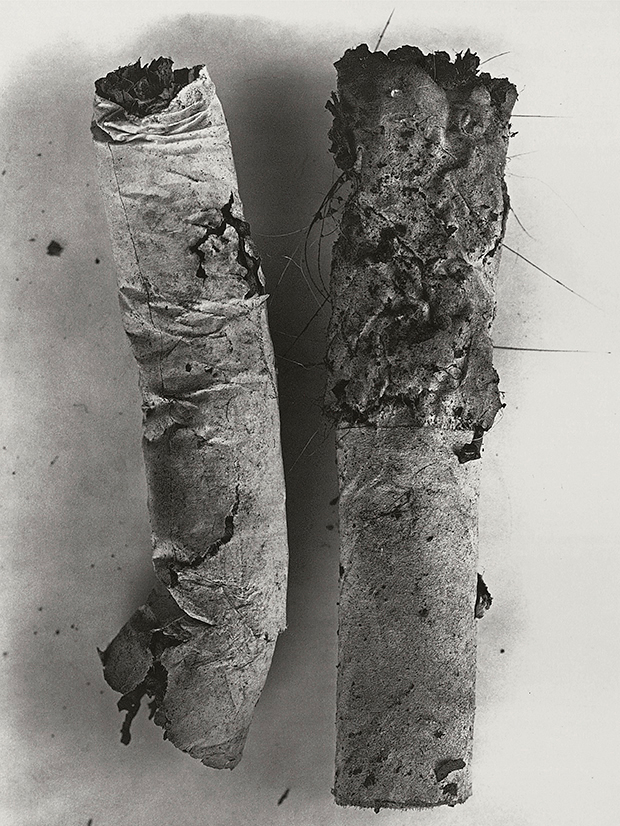
Photos that changed the world #5 Cigarette No.17
Irving Penn's series of cigarette photos turned prosaic, discarded objects into conceptual art
The American photographer Irving Penn died five years ago today so we thought we'd turn out attention to him for the fifth instalment in our Photos that Changed the World series. Well known as a fashion photographer since at least 1943 when he began to work for Vogue, Penn was always attracted to points of interchange, where due to a switch of context the prosaic began to appear glamorous and vice versa.
The other-worldness of high fashion, for example, was made strange by being shown in the street, as strange as street life might be if it were brought into the studio.
In the case of his series of Cigarette photographs he literally found his subjects on the street. By bringing them into his studio and creating these minimalist compositions, he transformed one of the most widely consumed and discarded products of consumer society from that of pure detritus into a symbolic representation of contemporary culture. This transformative act resulted in one of the most elegant yet direct expressions of post-modern artistic practice.
By printing the Cigarettes in the platinum palladium process, Penn elevated each image to the status of a rare object. Many of his most important pictures were printed in platinum - the most difficult and demanding of all photographic techniques. The soft, broad tonal ranges and gentle contrasts accentuate the nature of the objects, emphasizing their material characteristics.
His interest in vernacular motifs and their context was shared by the Pop artists of the 1960s. In the series of cigarette pictures his strategy of creating strange images is taken to an extreme.
Penn's Cigarette No.17 is featured in our newly published The Photography Book.You can read previous entries in our Photos That Changed The World series on Weegee, Ansel Adams, Richard Avedon and Eadweard Muybridge; and if you like what you've read, you'll find a whole lot more in The Photography Book here. Look out for our interview with its author, Ian Jeffrey tomorrow.